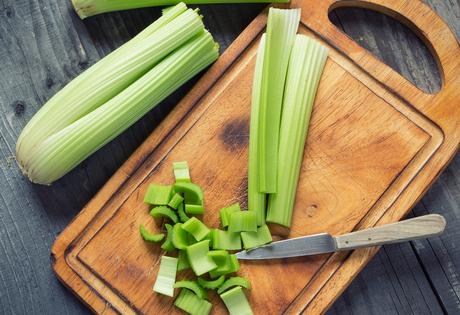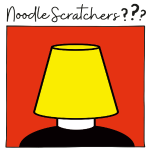Environmental Nutrition: Do negative calories exist?
Q: Can foods have negative calories?
A: The concept of “negative calorie” foods suggests that certain foods require more energy to digest than they provide, resulting in a net calorie loss. While this idea is appealing for weight loss, it’s a bit of a myth.
Certain low-calorie foods, such as celery, cucumbers, and lettuce, are often cited as “negative calorie” because they are very low in calories and contain a lot of water and fiber. While it’s true that digesting these foods burns some calories (through the thermic effect of food), the energy used is typically much lower than the calories they contain.
For example, digesting celery may burn about 10% of the calories it provides, but it doesn’t result in a calorie deficit. The idea of negative-calorie foods oversimplifies how metabolism and digestion work. That said, incorporating these low-calorie, nutrient-dense foods into your diet can help you feel fuller and may help support weight loss by reducing overall calorie intake.
(Environmental Nutrition is the award-winning independent newsletter written by nutrition experts dedicated to providing readers up-to-date, accurate information about health and nutrition in clear, concise English. For more information, visit www.environmentalnutrition.com.)
©2025 Belvoir Media Group, LLC. Distributed by Tribune Content Agency, LLC.











Comments